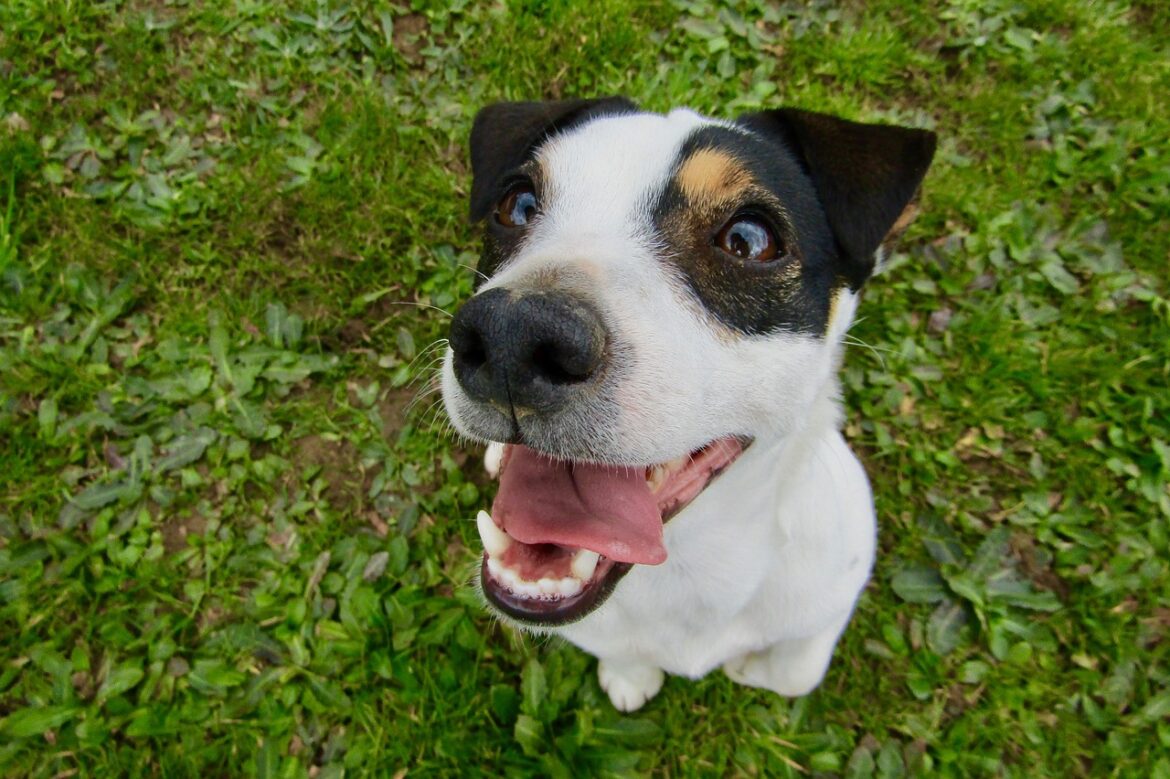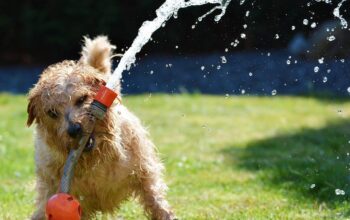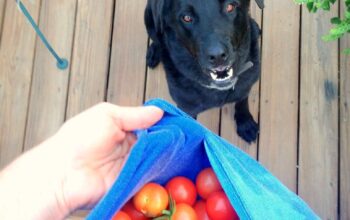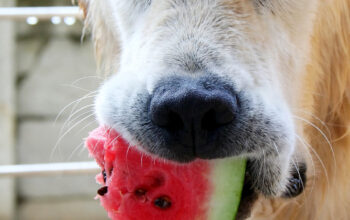It comes as a surprise to many people that dog teeth and dental health are often overlooked by dog lovers. Just like humans, dogs have two pairs of teeth in their lifetime: first their permanent teeth, then their temporary teeth. In this article we answer the question: “How many teeth does your dog have?”
Puppy teeth are just the beginning when it comes to your dog’s adult teeth, and veterinarians say: Teeth are pretty sharp. Scratches on the teeth alert the puppy’s mother that the puppy’s teeth are now old enough to be weaned off solid food. Since dogs experience less pain when their adult tooth enters, it is important to actively engage in dental care for adult dogs. When it comes to dog teeth and dental health, the more teeth a dog has, the better.
Like humans, dogs have two types of teeth in the course of their lives: permanent teeth (also known as adult teeth) and milk teeth, also called Deci teeth. As in humans, dog teeth can develop tooth problems, including tooth decay, tooth loss and periodontosis.
The milk teeth begin to break out of the gums at about three weeks of age and end about six weeks later.
At the age of 3-4 weeks, the milk teeth, incisors, canines and premolars begin to form. The ideal time to start brushing your teeth is when you get your pet first before the teething troubles begin. By the time you are 3 to 5 months old, most puppies will have already developed a complete set of teeth.
Just like small children, puppies start with temporary teeth that fall off as they age, make way for their adult teeth and then have permanent teeth. When puppies grow into adult dogs, they have a total of 42 permanent teeth after the 28 milk teeth. When puppies grow into adult dogs, they will have a total of 42 permanent ones. The puppies “milk teeth begin to break through the gums at about three weeks of age and usually end at about four months of age. They start appearing two weeks after birth and grow at a rate of 1.5 to 2.1 teeth per day in the first few months.
Note: The number of teeth a dog has varies according to breed, as they grow from puppy to adult dog. Many of us only know that dogs have many teeth that appear as two sets of baby and adult teeth.
Your dog’s dental health is just as important as your own and something you need to take care of every day, even if your puppy cannot do it for itself. A veterinary dentist can help you with the dental care of your puppy.
The age at which a permanent tooth start to shown in dogs is between 3 and 7 months, and adult dogs have 42 permanent teeth compared to a normal human 32. The upper jaw, also known as maxilla, has 20 teeth, while the lower jaw (the mandible) has 22 teeth.
When do your dogs teeth start to fall out?
The first teeth to fall our are called Incisors, and this usually happens between three and five months of age. After the Incisors, other teeth start to fall out over the next 3 months or so – up to around 9 months of age. The last teeth to fall our will be the Premolars.
Once your dog has adult, or permanent teeth, keep in mind they are like human teeth – therefore they cannot be replaced – so its really important to make sure your dog has the right dental care. See your veterinarian to get specific advice, tips and tricks to keep your dogs teeth in pristine condition. Dog, like humans, can also get cavities – however the reason we humans get these is because of the amount of sugar we eat. Dogs dont really consume a lot of sugar, and therefore you shouldnt be too worried about cavities in your dogs teeth.
Another thing to talk to your vet about, and be aware of, is mouth cancer. Unfortunately, dogs often suffer from mouth cancer – which manifests as swelling in the mouth and lumps – often seen as strange dark tissue. If you see any of these signs, please take your dog to your local vet as soon as practical.
Taking care of your dogs teeth
It may sound strange, but yes – you can brush your dogs teeth! Because your dog has a mouthful of teeth, it makes sense, that like us, the teeth need to be maintained. You can brush your dogs teeth regularly with toothpaste and a toothbrush. Keep in mind though, that you’ll want to be using a special dog toothbrush that is designed for her mouth, and dog toothpaste. Don’t use human toothpaste! Many human formulations of toothpaste include harsh chemicals such as xylitol – and this is highly toxic for dogs. You should also ensure your dog has access to chew toys, both hard and soft, as they help maintain your dogs teeth. Just like the human doctor says, and apple a day keeps the dentist away, a good chew toy can keep your dogs veterinarian away!



